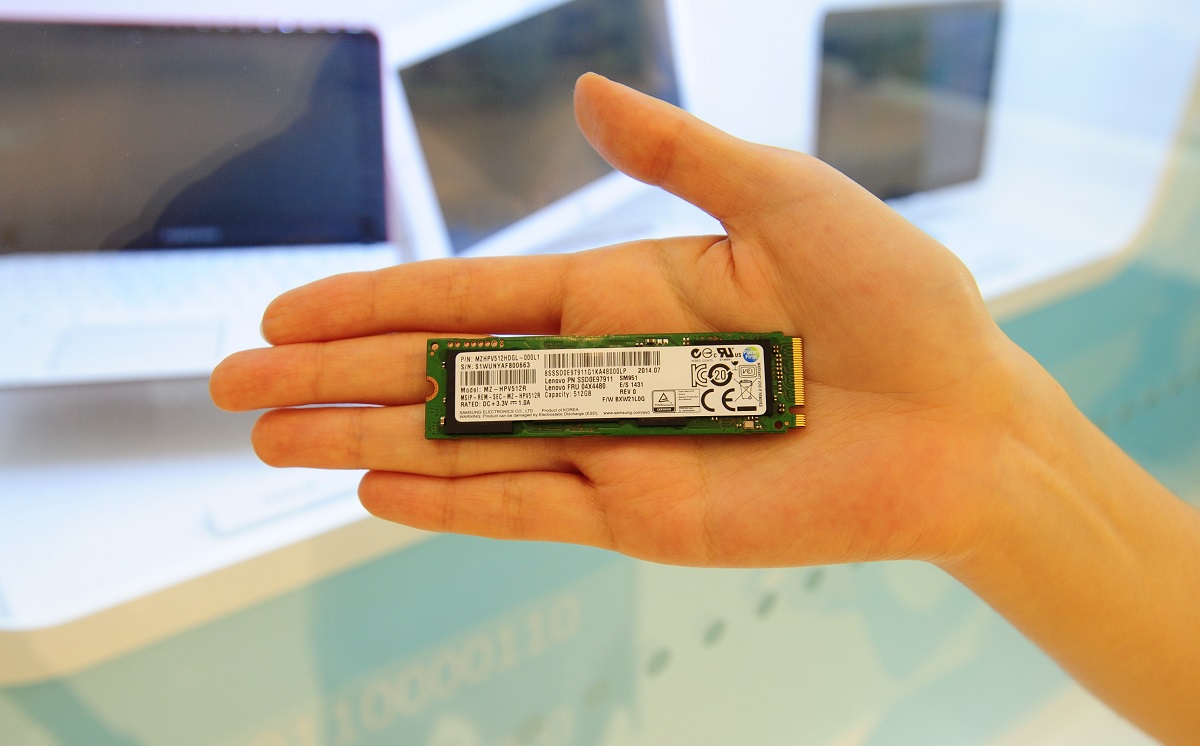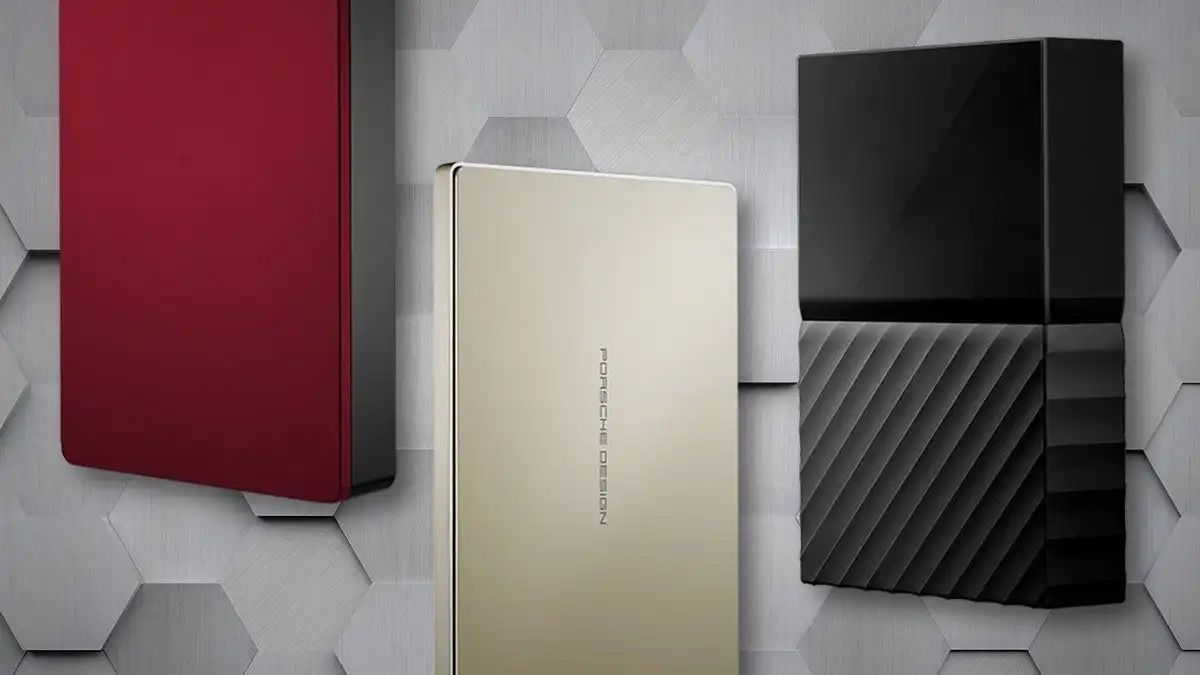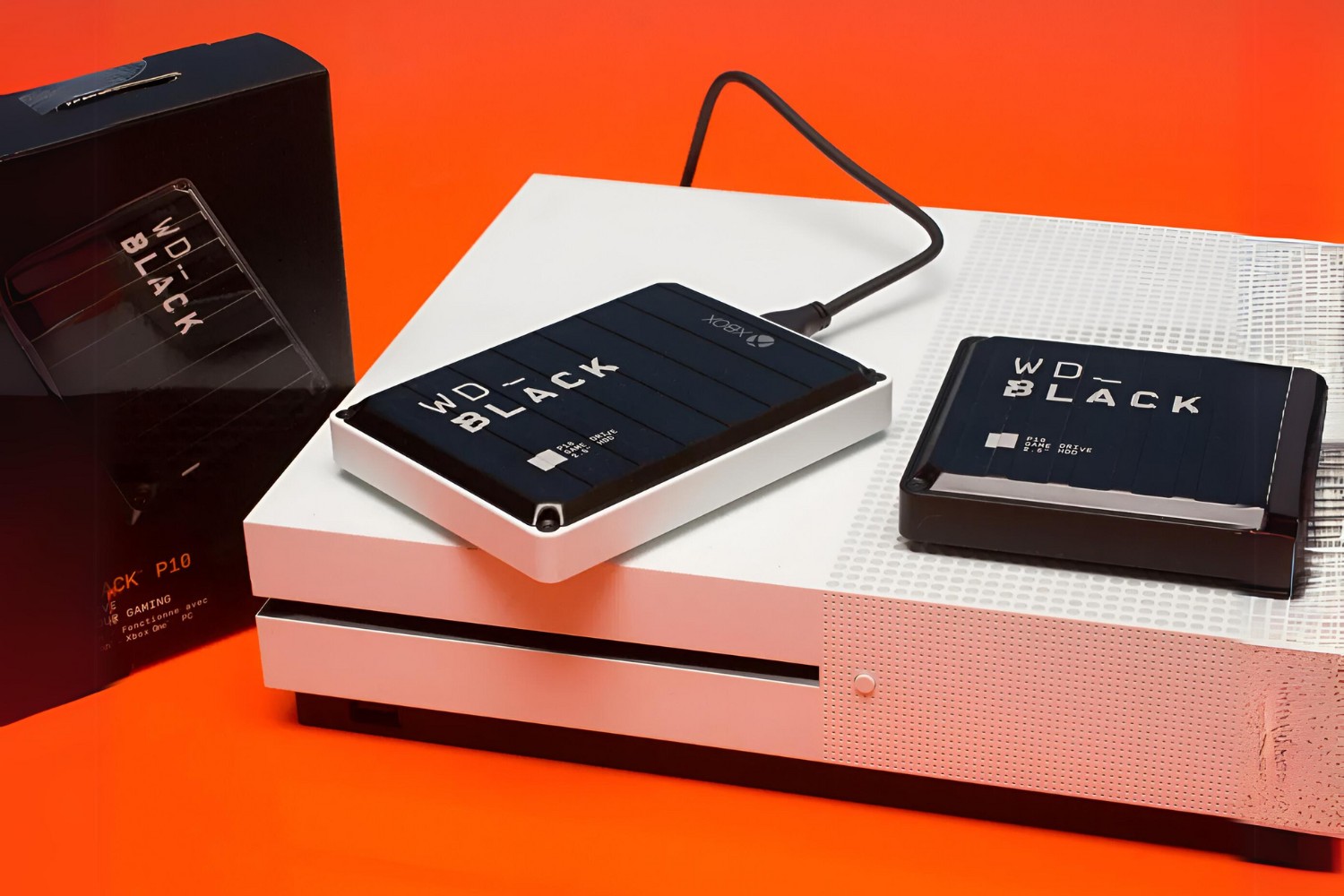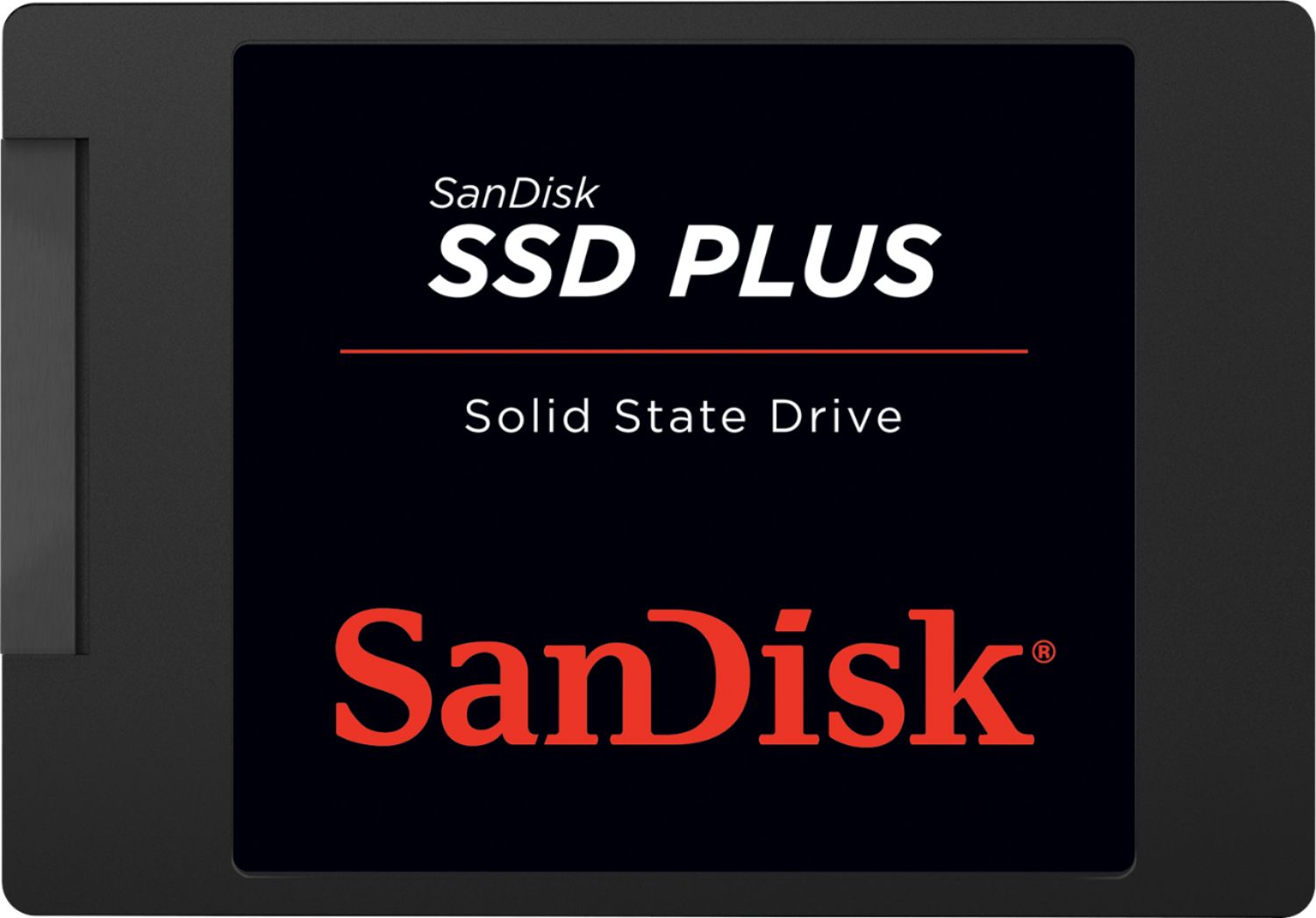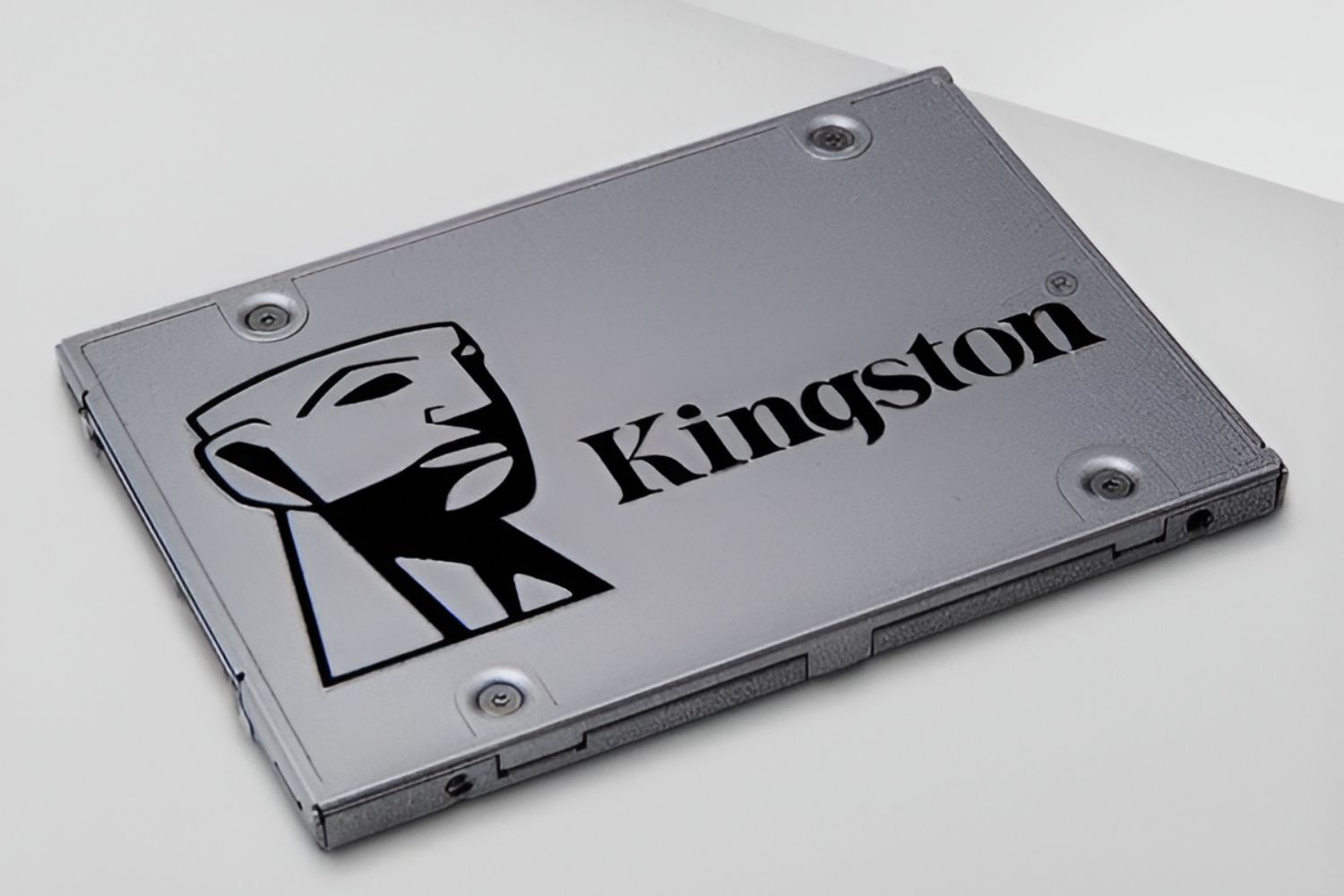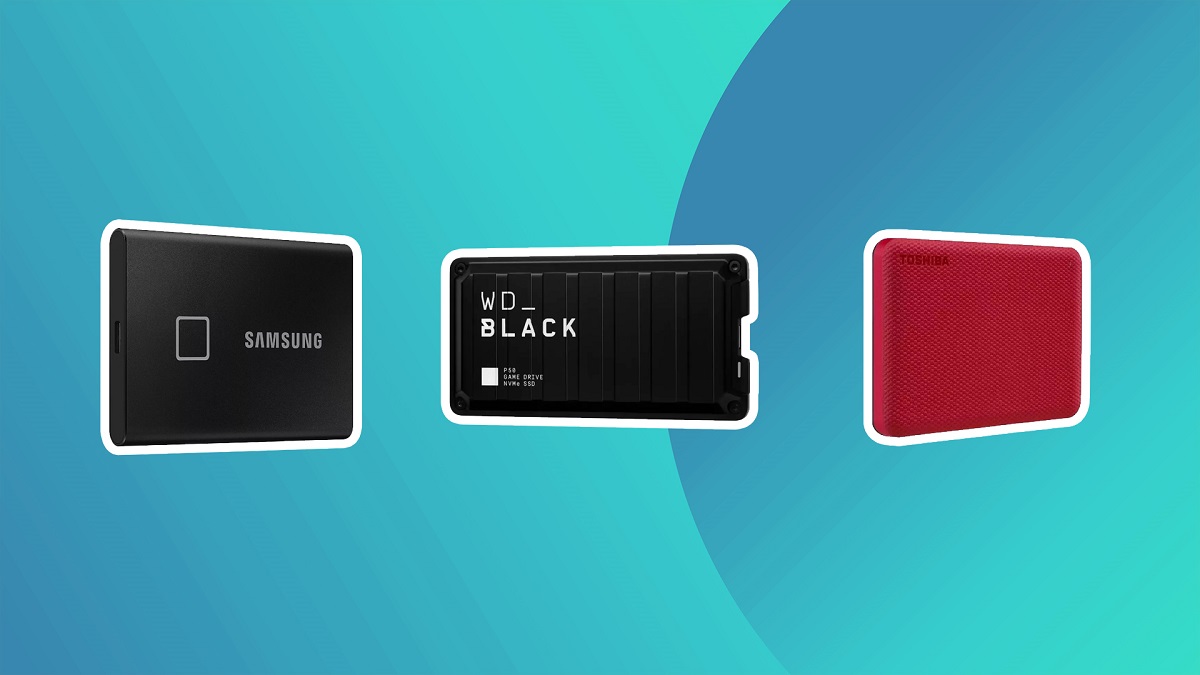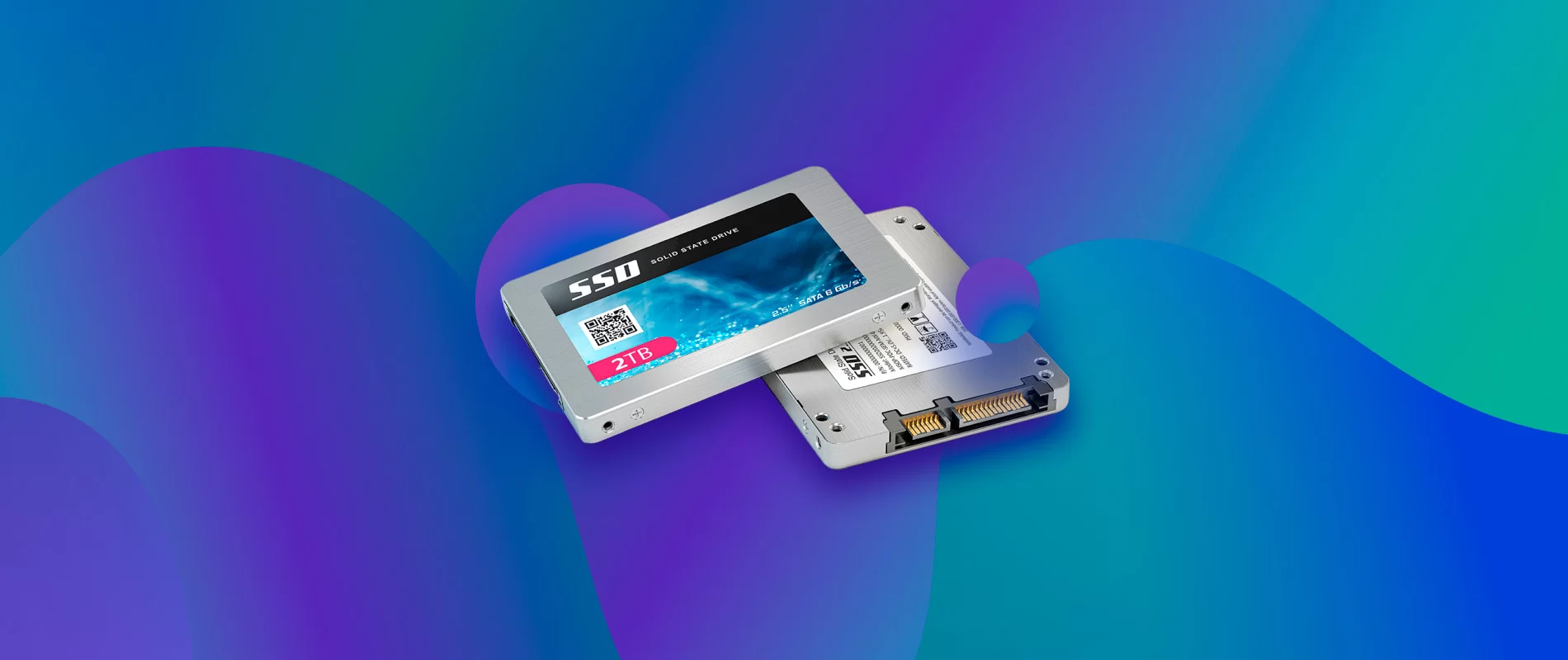Introduction
Welcome to the world of solid state drives (SSDs), where speed, reliability, and performance reign supreme. In today’s digital age, where data storage plays a crucial role in our daily lives, understanding the different aspects of SSDs is essential.
A solid state drive, often referred to as an SSD, is a type of storage device that uses flash memory to store data. Unlike traditional hard disk drives (HDDs) that have spinning disks and mechanical parts, SSDs offer faster data transfer speeds, better durability, and improved energy efficiency.
SSDs have revolutionized the storage industry in recent years, offering a range of benefits for both personal and professional use. Whether you’re a casual user who needs faster boot times and improved system responsiveness or a professional who requires high-speed data access for resource-intensive tasks, SSDs are an excellent choice.
This article aims to provide you with a comprehensive understanding of the various sizes available for solid state drives. By the end, you’ll be equipped with the knowledge to make an informed decision when choosing the right SSD size for your needs.
What is a Solid State Drive?
A solid state drive (SSD) is a type of storage device that uses flash memory to store data. Unlike traditional hard disk drives (HDDs), which rely on spinning magnetic disks and mechanical components, SSDs have no moving parts. Instead, they utilize NAND flash memory chips to store and retrieve data quickly and efficiently.
SSDs offer several advantages over HDDs. First and foremost, SSDs provide significantly faster data access and transfer speeds. This means that your computer or device can boot up faster, applications can load more quickly, and files can be transferred at a much higher rate.
Additionally, SSDs are more durable than HDDs. Since they have no moving parts, they are less susceptible to physical damage from drops or shocks. This makes SSDs ideal for portable devices such as laptops, as they can withstand the rigors of daily use and travel.
Furthermore, SSDs are quieter and consume less power than HDDs. Without the need for spinning disks and motors, SSDs produce virtually no noise, contributing to a quieter computing experience. Additionally, SSDs require less power to operate, which can result in improved battery life for laptops and other portable devices.
Overall, solid state drives offer a significant performance boost and improved reliability compared to traditional hard disk drives. With their speed, durability, and energy efficiency, SSDs have become the preferred choice for many computer users, whether for personal or professional use.
Common Sizes of Solid State Drives
Solid state drives (SSDs) come in various sizes to accommodate different storage needs and device form factors. Understanding these sizes can help you choose the right SSD for your specific requirements. Here are some of the common sizes of solid state drives:
- 2.5-inch: The 2.5-inch SSD is a popular form factor commonly used in laptops and desktop computers. This size is designed to fit into the standard 2.5-inch drive bay and is often the go-to choice for upgrading older systems with traditional HDDs to enjoy the speed and performance benefits of an SSD. 2.5-inch SSDs are available in different capacities, ranging from 120GB to 4TB or more, providing ample storage space for various needs.
- M.2: M.2 SSDs are smaller and more compact than 2.5-inch SSDs. They are widely used in ultrabooks, tablets, and other slim devices. M.2 SSDs connect directly to the motherboard using the M.2 slot, eliminating the need for cables. They come in different lengths and widths, typically denoted by a four-digit number, such as 2280 (22mm wide and 80mm long). M.2 SSDs are available in various capacities and offer high-speed performance, making them an excellent choice for users who prioritize space-saving and fast storage solutions.
- mSATA: mSATA stands for mini-SATA and is a smaller form factor SSD commonly used in older laptops and ultraportable devices. mSATA SSDs are smaller than 2.5-inch SSDs but larger than M.2 SSDs. They connect to the motherboard using the mini-PCIe slot, which was commonly found in older laptops. mSATA SSDs are available in capacities ranging from 32GB to 1TB, making them suitable for users who need a compact storage solution.
- U.2: The U.2 form factor is designed for enterprise-level SSDs. U.2 SSDs are larger than M.2 drives and feature a 2.5-inch form factor with a U.2 connector. These drives offer high performance and large storage capacities, typically ranging from 800GB to several terabytes. U.2 SSDs are primarily used in servers and high-end workstations that demand fast and reliable storage solutions.
When choosing the size of your SSD, consider the available physical space in your device, compatibility with the motherboard or interface, and the storage capacity required to meet your needs. Finding the right balance between size, performance, and capacity will ensure optimal functionality and storage capabilities for your specific application.
5-inch Solid State Drives
The 2.5-inch solid state drive (SSD) is a widely used form factor that can be found in laptops, desktops, and gaming consoles. These SSDs are designed to fit into the standard 2.5-inch drive bay, which is commonly found in most computers. The 2.5-inch SSDs offer a range of benefits and are a popular choice for those looking to upgrade their storage capabilities.
One of the main advantages of 2.5-inch SSDs is their compatibility. Since this form factor is widely used, it is supported by a majority of computers, making the installation process straightforward. They can easily be connected to the SATA interface on the motherboard, allowing for an easy swap with traditional hard drives or older SSDs.
Another benefit of 2.5-inch SSDs is their storage capacity. These drives are available in various capacities, ranging from 120GB to 4TB or more, providing ample space for storing operating systems, applications, and personal files. Whether you’re a casual user requiring basic storage or a professional needing vast storage for large media files or demanding workloads, there is a 2.5-inch SSD available to suit your needs.
2.5-inch SSDs also offer excellent performance. With no moving parts, they provide faster data access and transfer speeds than traditional hard disk drives (HDDs). This translates to snappier system boot times, reduced application loading times, and improved overall responsiveness. This improved performance can enhance your computing experience, allowing you to work more efficiently and enjoy smooth multimedia playback.
In addition to their performance, 2.5-inch SSDs are known for their durability. Without spinning disks or delicate mechanical components, they are more resistant to shock, vibration, and physical damage. This makes them particularly suitable for laptops and portable devices that may experience bumps or falls during transportation.
As the demand for faster and more reliable storage continues to grow, 2.5-inch SSDs have become a go-to choice for many individuals and businesses. Their compatibility, storage capacity, performance, and durability make them an ideal solution for upgrading older systems or enhancing the functionality of new devices. Whether you need faster boot times, improved application loading speeds, or additional storage space, a 2.5-inch SSD can provide the performance boost you’re looking for.
M.2 Solid State Drives
M.2 solid state drives (SSDs) have gained popularity in recent years due to their compact size and high-performance capabilities. They offer a smaller form factor compared to traditional 2.5-inch SSDs, making them ideal for slim devices such as ultrabooks, tablets, and small form factor PCs.
One of the main advantages of M.2 SSDs is their space-saving design. They are significantly smaller than traditional SSDs, with widths ranging from 12mm to 30mm and lengths ranging from 16mm to 110mm. This allows M.2 SSDs to fit into tight spaces within devices, making them perfect for devices with limited space for storage components.
M.2 SSDs connect directly to the motherboard using the M.2 slot, eliminating the need for cables or adapters. This direct connection enables faster data transfer speeds and lower latency compared to SSDs connected via traditional SATA interfaces. M.2 SSDs also support high-speed protocols such as PCI Express (PCIe) and Non-Volatile Memory Express (NVMe), further enhancing their performance capabilities.
When it comes to performance, M.2 SSDs are known for their speed. The PCIe and NVMe interfaces used by M.2 SSDs allow for significantly faster read and write speeds compared to SATA-based SSDs. This translates to faster boot times, quicker application loading, and improved overall system responsiveness. Whether you’re a gamer, content creator, or professional user handling large datasets, M.2 SSDs can provide the speed and performance you need.
In addition to their speed, M.2 SSDs also offer various storage capacities. They are available in a wide range of sizes, from smaller capacities like 120GB to larger capacities like 2TB or more. This flexibility allows users to choose the storage capacity that best suits their needs, whether it’s for basic usage or heavy multimedia editing.
It’s worth noting that M.2 SSDs come in different key types, including B-Key, M-Key, and combinations of the two. These key types determine the supported interfaces and protocols of the M.2 SSD. It’s essential to check your device’s specifications to ensure compatibility between the M.2 SSD and the motherboard’s M.2 slot.
As technology continues to evolve, M.2 SSDs have become the go-to choice for those seeking high-performance storage solutions in a compact form factor. With their space-saving design, fast speeds, and various storage capacities, M.2 SSDs are a perfect fit for ultrabooks, small form factor PCs, and other devices where space is at a premium.
mSATA Solid State Drives
mSATA (mini-SATA) solid state drives (SSDs) are a compact form factor that was commonly used in older laptops and ultraportable devices. While they have been largely replaced by newer form factors such as M.2, mSATA SSDs still offer unique advantages and are worth considering for certain applications.
One of the primary benefits of mSATA SSDs is their small size. They are smaller than 2.5-inch SSDs but larger than M.2 SSDs, typically measuring around 30mm x 50mm. This compact form factor makes them suitable for devices with limited space for storage, such as thin and light laptops or mini PCs.
mSATA SSDs connect to the motherboard via the mini-PCIe slot, which was commonly found in older laptops. This interface allows for direct and secure connection, enabling fast data transfer speeds. While the mini-PCIe slot is not as common in newer devices, some motherboard manufacturers still include it or provide adapters to support mSATA SSDs.
Despite their smaller size, mSATA SSDs offer impressive storage capacities. They are available in various sizes, ranging from 32GB to 1TB, providing ample storage space for operating systems, applications, and data. This makes them suitable for users who require a compact and efficient storage solution without compromising on storage capacity.
When it comes to performance, mSATA SSDs offer faster data access and transfer speeds compared to traditional hard disk drives (HDDs). They greatly improve boot times, application loading, and file transfer rates, resulting in a more responsive computing experience. However, it’s important to note that mSATA SSDs might not be able to match the performance of newer form factors like M.2 SSDs or PCIe-based drives.
Due to their smaller size, mSATA SSDs are also more resistant to physical shocks and vibrations. This makes them ideal for portable devices like laptops, where durability is a crucial factor. They can withstand the everyday bumps and jostles that come with being on the move, ensuring your data remains safe and accessible.
While mSATA SSDs may be less common in modern systems, they still have their place, especially for users with older devices or specific requirements. Their compact size, decent storage capacities, and enhanced durability make them a viable option for upgrading older laptops or adding storage to devices that support the mSATA interface. If you have a device that supports mSATA SSDs, it’s worth considering this form factor for your storage needs.
U.2 Solid State Drives
U.2 solid state drives (SSDs) are a form factor specifically designed for enterprise-level storage solutions. These high-performance drives offer large storage capacities, exceptional speeds, and robust reliability, making them suitable for demanding applications and workloads.
U.2 SSDs have a 2.5-inch form factor, similar to traditional hard disk drives (HDDs), but with a different connector known as the U.2 connector. This connector allows for a direct and secure connection to the motherboard, ensuring high-speed data transfer rates and optimal performance.
One of the primary advantages of U.2 SSDs is their storage capacity. These drives are available in massive capacities, ranging from 800GB to several terabytes. This makes them ideal for storage-intensive applications, such as large-scale databases, data analytics, content creation, and enterprise-level cloud computing.
In terms of performance, U.2 SSDs excel in delivering ultra-fast read and write speeds. They leverage high-speed interfaces such as PCIe and NVMe, enabling them to provide blazing-fast data access and transfer rates. This performance advantage significantly reduces data processing time and improves overall system responsiveness, making U.2 SSDs a favored choice for organizations that require rapid data processing and high-performance storage solutions.
Furthermore, U.2 SSDs offer excellent reliability and endurance. They are built with enterprise-grade components and employ sophisticated error correction mechanisms, ensuring data integrity and minimizing the risk of data loss. This makes U.2 SSDs a reliable choice for mission-critical applications and environments where data reliability is of paramount importance.
U.2 SSDs are primarily targeted toward data centers, servers, and high-end workstations. These environments often demand high-capacity storage solutions with uncompromising performance, reliability, and scalability. U.2 SSDs fulfill these requirements, allowing enterprises to handle massive workloads, handle real-time data analytics, and meet the demands of modern data-driven applications.
It’s important to note that U.2 SSDs may require specific connectors or cables to connect to the motherboard, depending on the system requirements. When considering U.2 SSDs, ensure the compatibility of your hardware to maximize the benefits of this form factor.
In summary, U.2 SSDs offer exceptional storage capacity, high-performance speeds, and enterprise-level reliability. If you’re a professional or an organization dealing with large-scale data processing and storage requirements, U.2 SSDs provide the scalability, performance, and durability needed to power your critical applications and workloads.
Factors to Consider When Choosing SSD Size
Choosing the right size solid state drive (SSD) for your specific needs requires careful consideration of several factors. The following are key considerations when determining the appropriate SSD size for your requirements:
- Storage Needs: Assess your storage needs and consider the amount of data you currently have and anticipate storing in the future. Balance this with your budget and prioritize which files and applications require faster access and should be stored on the SSD.
- Operating System and Applications: Determine the size requirements of your operating system and primary applications. These will typically occupy a significant portion of your SSD space, so ensure you have enough storage capacity to accommodate them comfortably.
- Media Files: Consider the size of your media files, such as photos, videos, and audio files. If you work with large media files, consider opting for a higher capacity SSD to avoid running out of space or constantly offloading files to external storage.
- Gaming: Gaming enthusiasts may require larger SSD capacities to accommodate modern game installations, which can take up significant storage space. Some AAA games can be upwards of 50GB or more, so consider your gaming library and factor that into your SSD size decision.
- Future Expansion: Think ahead and consider future expansion needs. Assess whether you anticipate requiring more storage space in the near future and select an SSD size that allows for potential upgrades without the need for immediate replacement.
- Compatibility: Ensure the chosen SSD size is compatible with your device. Check the physical dimensions of the SSD to ensure it fits within the available space in your laptop or desktop. Verify that the SSD interface (SATA, M.2, U.2, etc.) is supported by your device’s motherboard.
- Budget: Determine your budget for the SSD and weigh it against your storage requirements. SSDs with larger capacities tend to be more expensive, so striking a balance between your budget and storage needs is crucial.
By considering these factors, you can make an informed decision about the appropriate SSD size for your specific needs and budget. Remember that it’s better to have some extra storage capacity than to run out of space, as SSDs perform optimally when they are not at full capacity. Finding the right balance between storage needs, performance requirements, and budget will ensure you have a satisfying SSD experience.
Conclusion
Choosing the right size for your solid state drive (SSD) is essential to meet your storage needs and maximize the performance of your system. Consider factors such as storage requirements, the size of your operating system and applications, and the space needed for media files. Additionally, ensure compatibility with your device’s interface and consider future expansion needs.
If you are looking for a versatile and widely compatible option, the 2.5-inch SSD is a popular choice, offering a range of capacities for various needs. On the other hand, if space-saving is a priority, M.2 SSDs are ideal for slim devices like ultrabooks and tablets. For older laptops, mSATA SSDs provide a compact storage solution.
For enterprise-level performance and storage-intensive applications, U.2 SSDs offer high-capacity storage and exceptional speeds. Evaluating your specific requirements and considering these factors will help you make an informed decision.
Remember to balance your storage needs and budget, as larger capacity SSDs can be more expensive. It is also worth considering future expansion to avoid the hassle of upgrading or replacing your SSD in the near future.
Whether you choose a 2.5-inch, M.2, mSATA, or U.2 SSD, the benefits of solid state drives are clear: faster data access, improved system responsiveness, and enhanced durability compared to traditional hard disk drives. SSDs are an investment in the performance and efficiency of your device, be it a laptop, desktop, or enterprise-level system.
Take the time to evaluate your storage requirements, consider compatibility and future needs, and choose an SSD size that meets your specific needs. By making the right choice, you can enjoy the speed, reliability, and performance benefits that solid state drives offer, elevating your computing experience to new heights.







